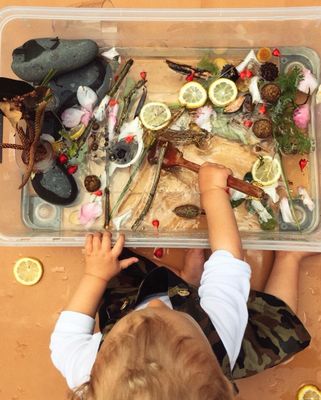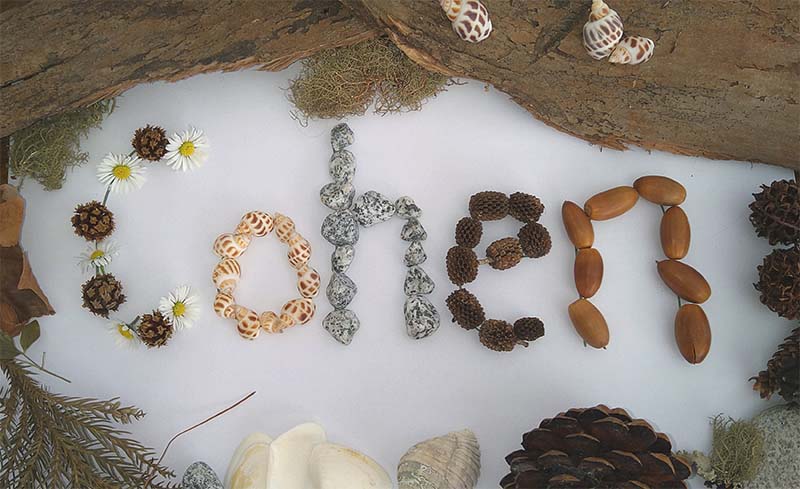
Nature play image by Inquisitive by Nature.
Brightly-coloured shells, smooth rocks, or oddly shaped driftwood; children love discovering new objects, textures, and creatures born from nature.
Collecting natural resources for our early childhood environments is a wonderful way to engage children in the natural world, but are we pausing to ensure it’s a sustainable practice? In what ways can we, as teachers, balance the needs of the children and nature in early years learning?
I have always been in awe of our natural world, and one of the places I feel most at home in the world is in the bush. When I was a home-schooling parent, my children and I would spend hours in the bush – walking, playing, marvelling, and breathing.
We had a rule - ‘take nothing but photos and leave nothing but footprints’.
We were fortunate as a family that I could be at home with our children, and from a very young age, our children were exposed to our natural world with hours spent exploring the bush, rivers, and the beach.
Times have changed, and for many families, for many reasons, the world is a different place than it was 25 years ago. So, how can we make sure there are enough meaningful opportunities to engage with nature in an early childhood setting actively? We need to ask:
- Are our children spending regular time in our natural world?
- Do our children get to play and regularly marvel in nature?
- Do our children know they will return regularly to explore again?
As an early childhood educator, I’m passionate about providing opportunities for children in our care to fall in love with our natural world. This passion comes from a more significant philosophy that we can only care for, nurture, and protect our environment if we give our future generations a love of and an understanding that we are a part of the natural world, not separate from it.
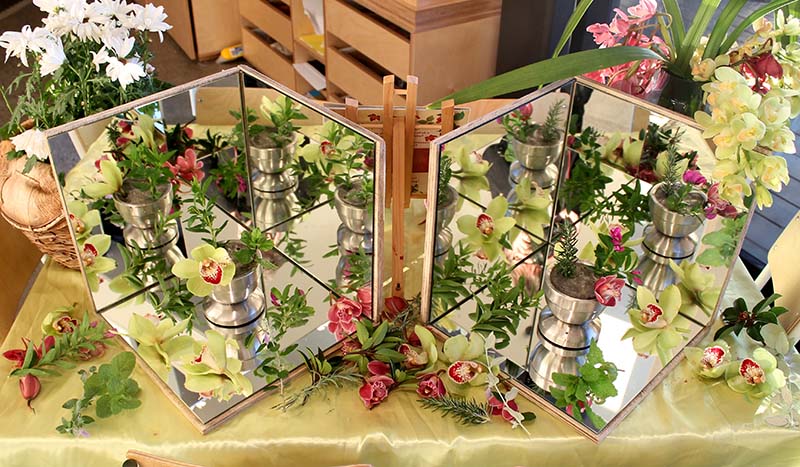
Image of an invitation to explore the orchid flower. I’ve found the orchid to be a more resilient and longer-lasting flower to use in a provocation.
Recently, I made nature treasure hunt bags for our centre families as we headed into our summer holidays.
Hoping to encourage families to marvel with me, I communicated with them throughout the holiday. This communication was shared with a wider early childhood communication group. A lot of interest followed, but one comment allowed me to reflect -
“Take nothing but photos and leave nothing but footprints.”
This statement has always been my personal philosophy, when in nature, but as an early childhood educator, where does it fit?
How can I honour my core beliefs of caring for and preserving nature (the natural order of lifecycle) and engage children in their discovery and love of nature in a city centre?
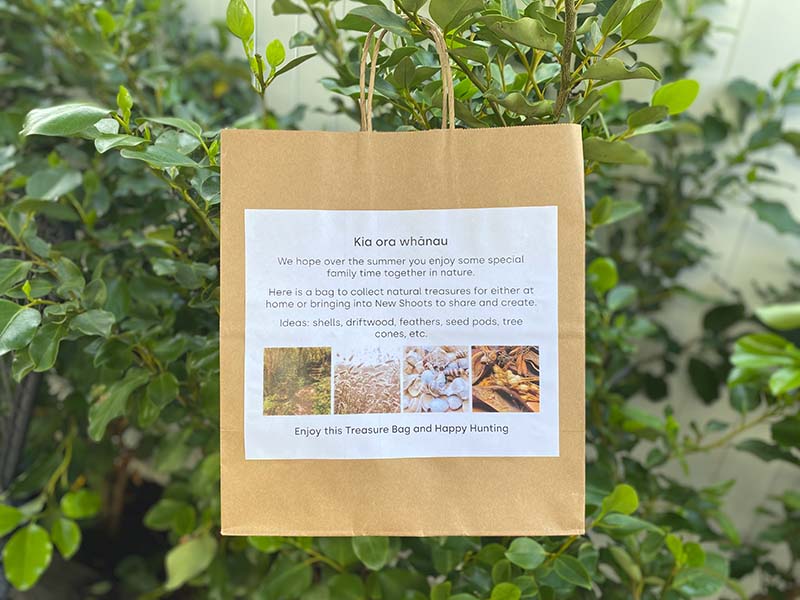
Image of a Nature Treasure Hunt Bag.
Balancing the needs of children and nature in early years education
While I collect beautiful resources from nature to share with the children in my centre, I aim to make it as sustainable as possible. I still collect the occasional beautiful rock or shell to add to our natural construction set, but I won’t:
- Collect multiple small shells for the collage area. While children love these, they glue them with gusto onto paper, and sadly, many pieces of this type of art will probably find their way into the rubbish.
- Purchase shells as a resource. Collecting shells myself ensures the source is as sustainable as possible.
- Collect live bugs or insects. I will only collect insects and bugs that are already deceased.
I encourage kaiako (teachers), particularly in urban areas like myself, to reflect on philosophy and practice supporting nature awareness and children’s need to connect with their place in nature versus environmental sustainability.

Image of my deceased insect and bug collection.
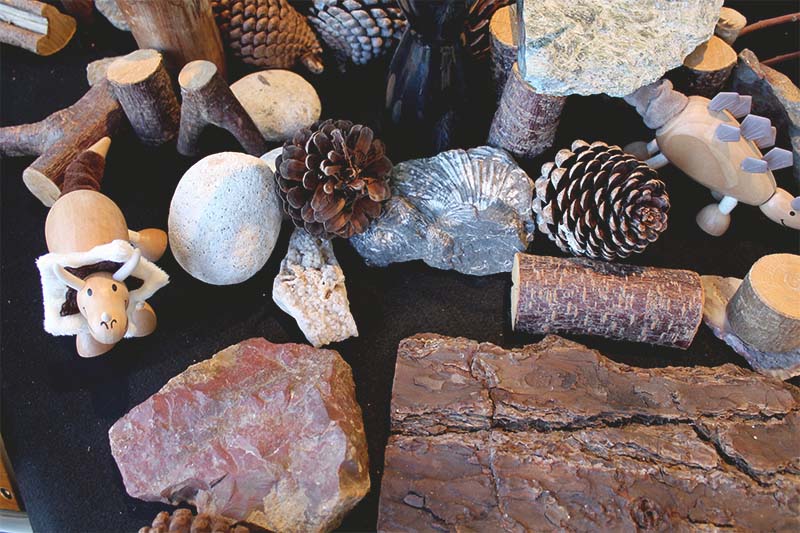
Image of my natural construction collection.
![]()
Sustainably sourced natural materials displayed in a well-ordered way leads to discovery, creativity, and learning. Visit this section of Source, our online store, for beautiful recycled timber products and more. Enspirement’s Outdoor Play blog article looks at how you can create landscapes, loose parts collections, and sensory stations that activate children’s imagination in early education environments.
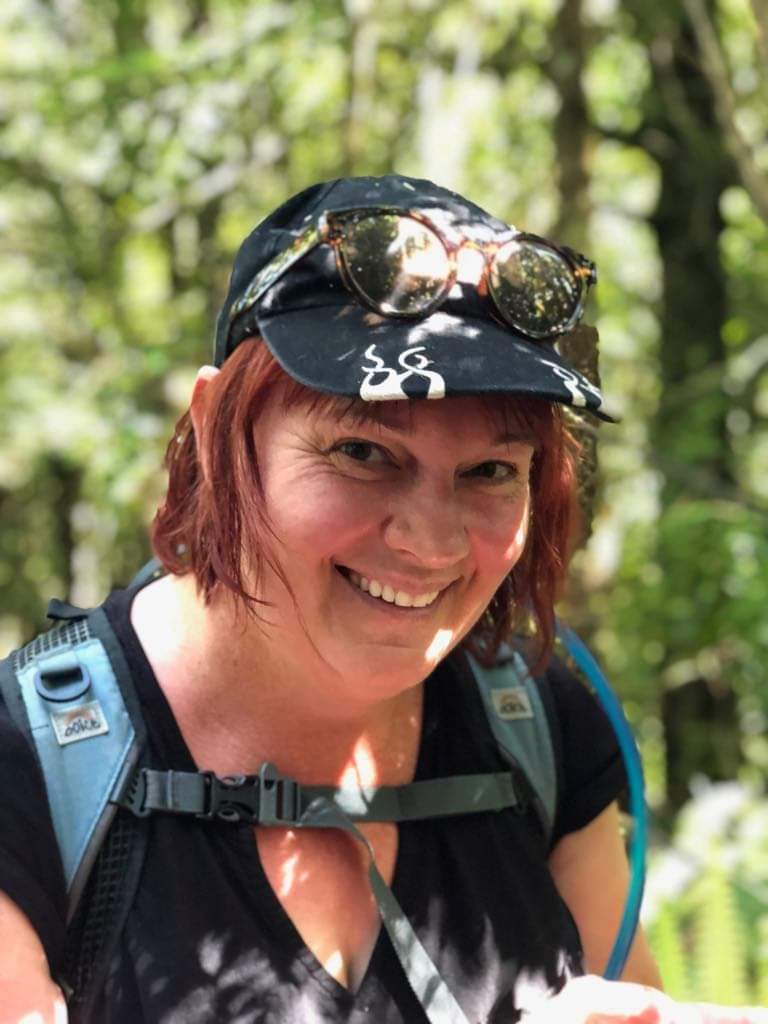 Karyn Charles
Karyn Charles
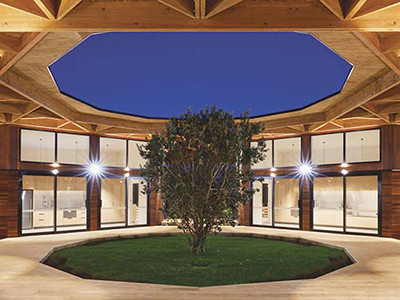
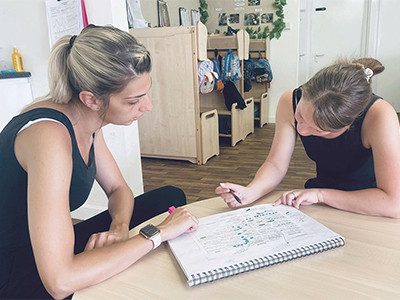
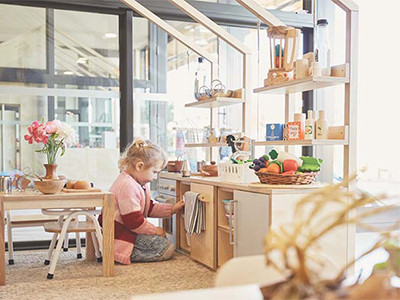
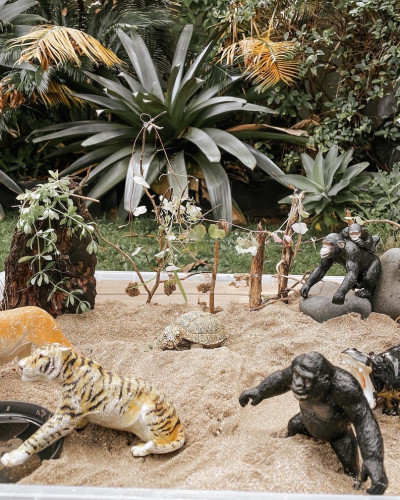
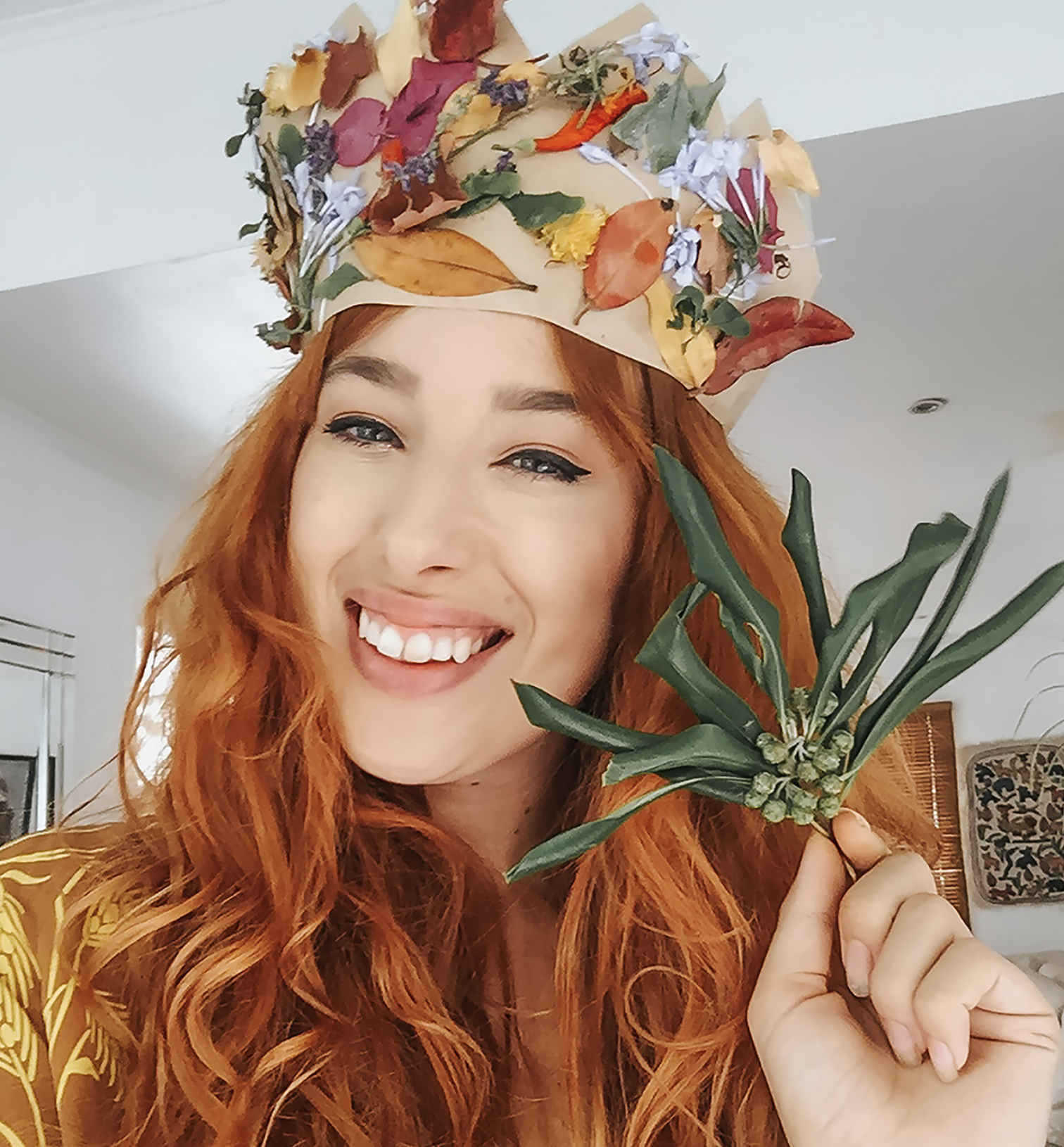 Jade Leigh Kelly
Jade Leigh Kelly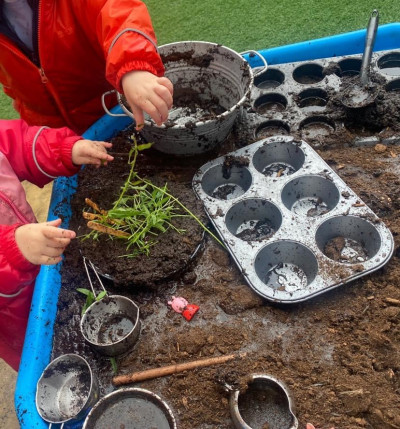
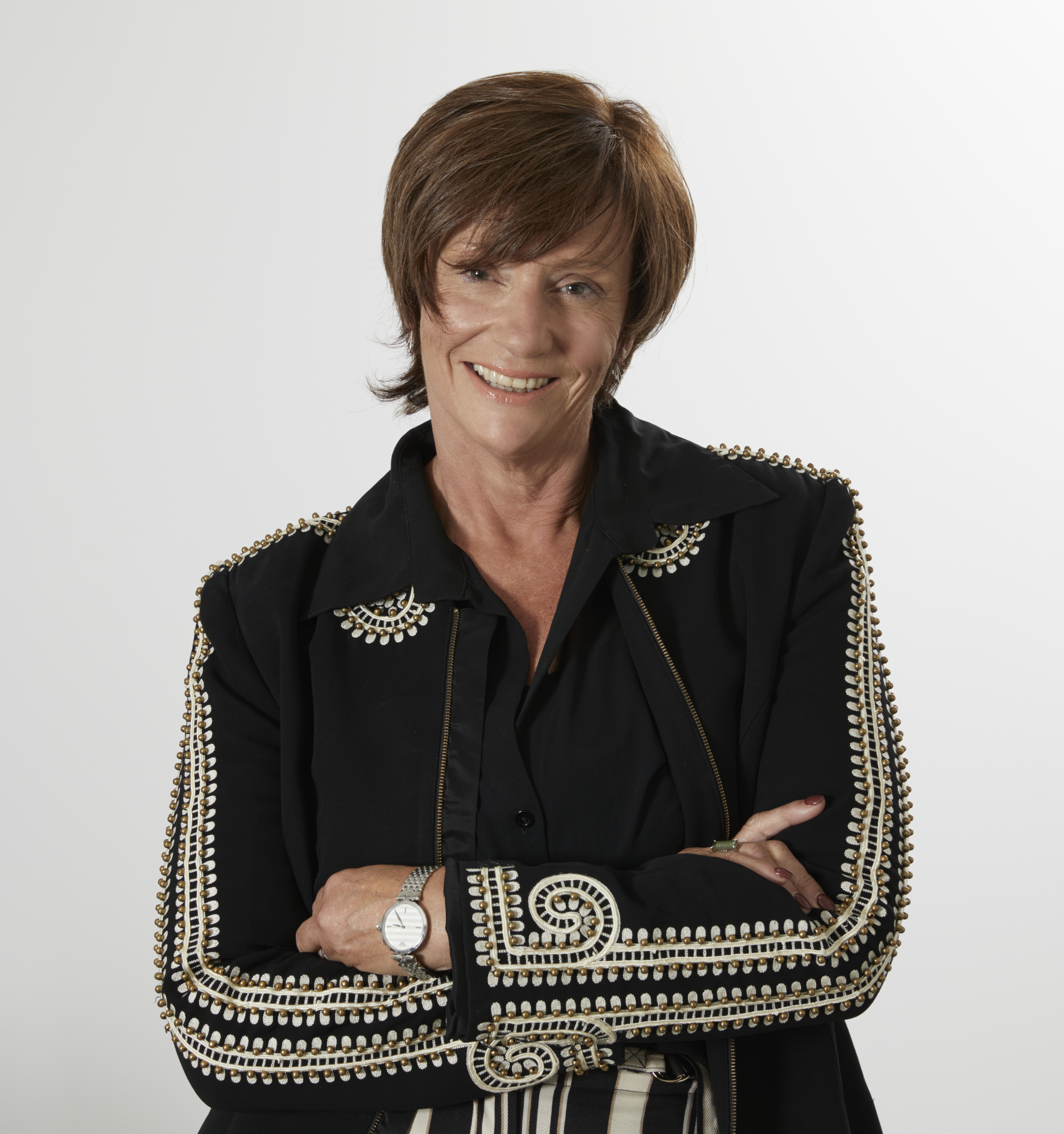 Michelle Pratt
Michelle Pratt